Green shoots of promise are pushing up from the conflict-scarred earth of Darfur, in western Sudan. Literally.
Primary schools are growing potatoes. tomatoes and spinach on government-allocated land. The vegetables are chopped, simmered and stirred, then spooned into students' plates at mealtimes.
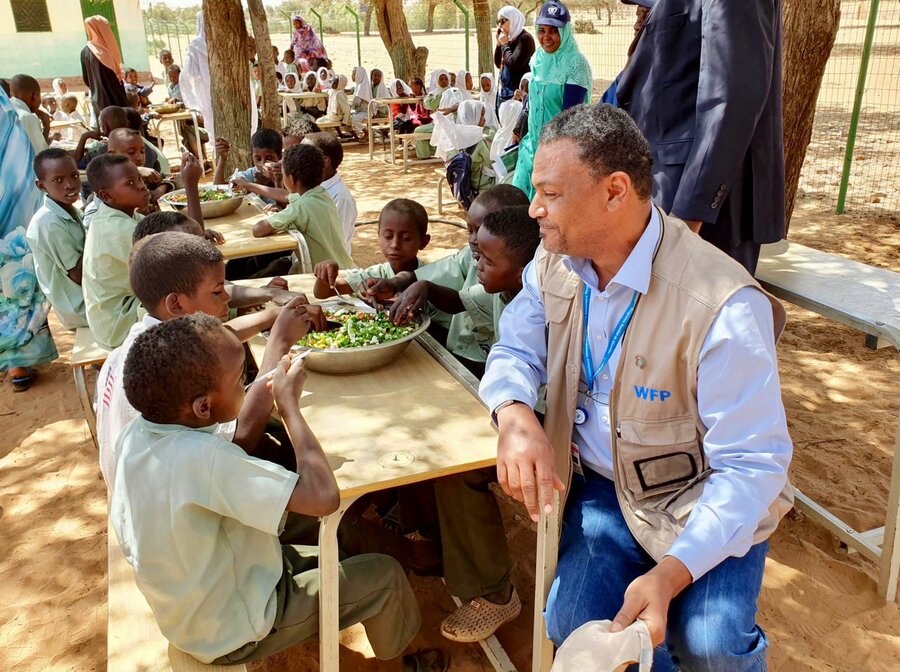
"When children are on holiday, the teachers sell the harvests to buy things like schoolbooks," says Hameed Nuru, a former World Food Programme (WFP) country director in Sudan, who today heads WFP's Africa Union Global Office in Addis Ababa. "And now you see kids getting into agriculture."
The paybacks of WFP-supported home-grown school meals -sourced from local smallholder farmers and school gardens like those in Sudan- will be highlighted pn Wednesday (March 1) during high-level talks in Addis Ababa and Marrakech, Morocco, when African heads of state and ministers mark the 8th African Day of School Feeding.
Today, home-grown school feeding reaches 66 million children in 54 African countries. Almost every plateful - or 84 percent of the home-grown programmes - is funded by domestic budgets. Recent disruptions to African economies add traction to the movement and the need to think local- especially in a continent where farming remains a top source of income and jobs, particularly for women.
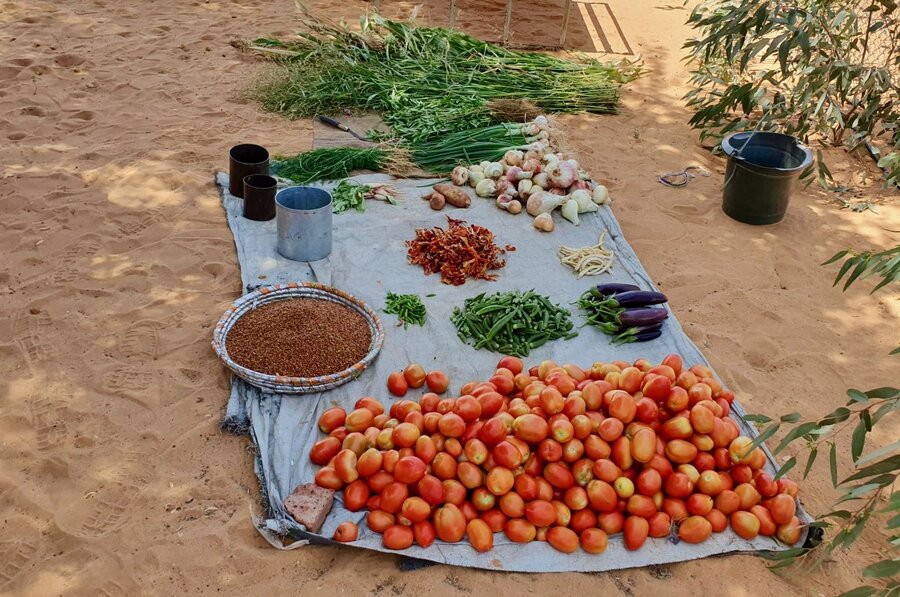
"Africa has seen itself become more vulnerable because of the COVID-19 lockdowns and now the Ukraine crisis" that sent global food prices soaring last year, Nuru says. "This has shone a new light on home-grown school feeding and the need to significantly enhance it, so we can reduce our vulnerability in the future."
Snowball effect
Key findings from a new WFP study show home-grown school meals help to fight hunger, vitamins and minerals deficiency, anemia and obesity. They improve school enrolment, help build local resilience, and when the food is grown sustainably, can play a key role in reducing greenhouse gas emissions. Home-grown meals also help to educate a new generation of leaders.
But along with successes, the latest findings also show the share of school-aged children receiving school meals in Africa-both home-grown and sourced elsewhere - shrunk modestly in recent years: to 31 percent in 2022, down from 33 percent in 2020. The decline underscores the need to redouble school feeding efforts - a call that resonates with many African leaders, WFP's Nuru says.
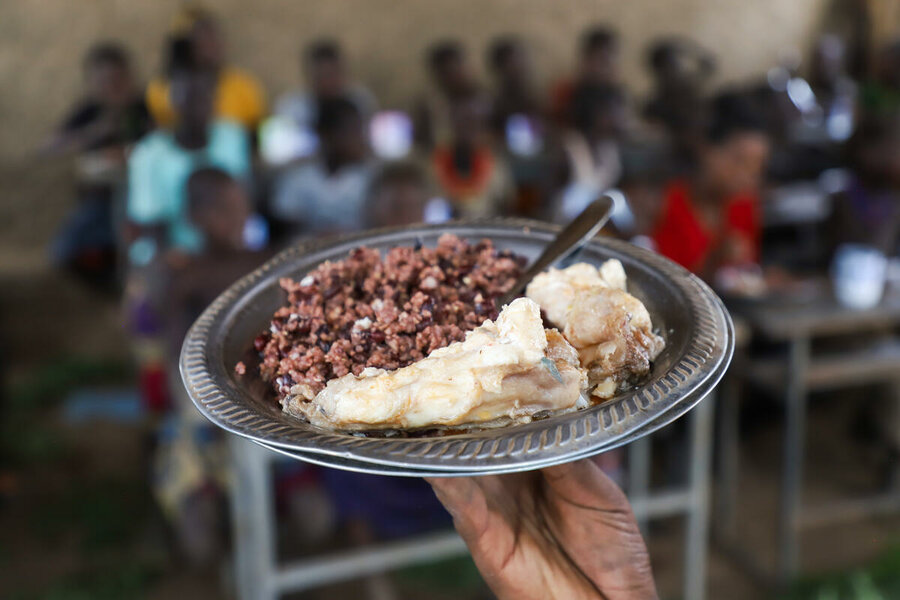
"Heads of states and ministers see the benefits as an investment," Nuru adds, noting a number of high-level officials ate WFP school meals as children.
"They know what it's like to go to school hungry and to get a meal," he says. "That's what pushed them on."
Indirectly, home-grown school meals deliver another tangible payback. Africa's Gross Domestic Product could be two-and-a-half times higher if health and education benchmarks were met, according to WFP's upcoming State of School Feeding report, which will be published later this month.
Already, heads of state in countries like Rwanda, Senegal and Benin have put funds and political clout behind school feeding in their countries, in what Nuru likens to a snowball effect.
"It's getting bigger and bigger," he says. "More countries are joining in."
Local communities are the first to benefit - especially when school food is grown at home.
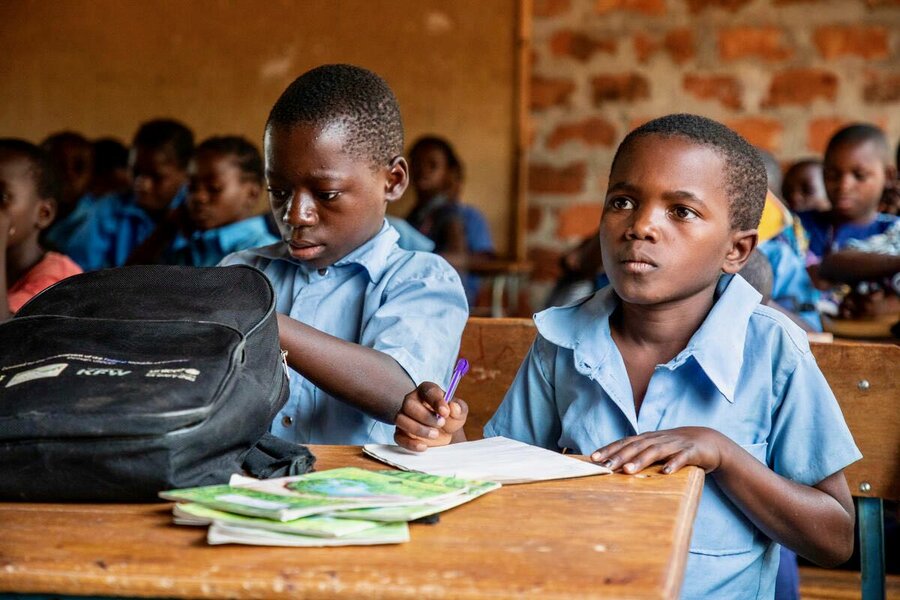
"You're creating a whole ecosystem in which teachers and parents come together to plant, and where you have local procurement which stimulates the local economy," Nuru says. "Because it's often the parents-in most cases the mothers- who are the ones supplying or cooking the food in schools. It's a complete cycle."
Tailored guidelines
Last year, WFP and the African Union launched new guidelines to help governments and teachers roll out home-grown school meals on their own, offering a mix of options to fit budgets they can afford. The guidelines include the types of food to use, how to source it and how to get political buy-in to the meals programmes.
At the Mantapala refugee settlement in northern Zambia, the home-grown meals are a boost for young students from the Democratic Republic of the Congo, whose parents sometimes struggle to feed their families.
"We have observed that more school children do not attend class during the days they are not given meals," says local primary school head teacher Kasanda Chalawe.
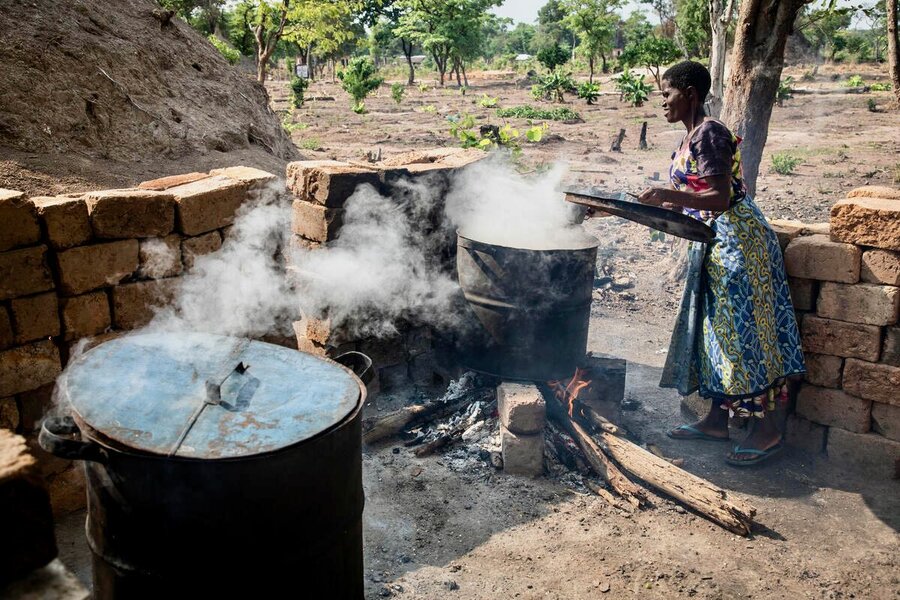
Nuru considers his native Botswana a 'gold standard' for home-grown school feeding. The country has been running its own programme for decades. Today, primary students eat not one but two home-grown meals every school day.
"This has really changed people's outlook and productivity," he says.
But other countries are catching up, especially when it comes to home-grown school feeding.
"I think within the next 10 years, African countries will be doing it on their own," Nuru says. "Which is wonderful, because WFP can then step back and move to the next phase of what we need to do in Africa."






